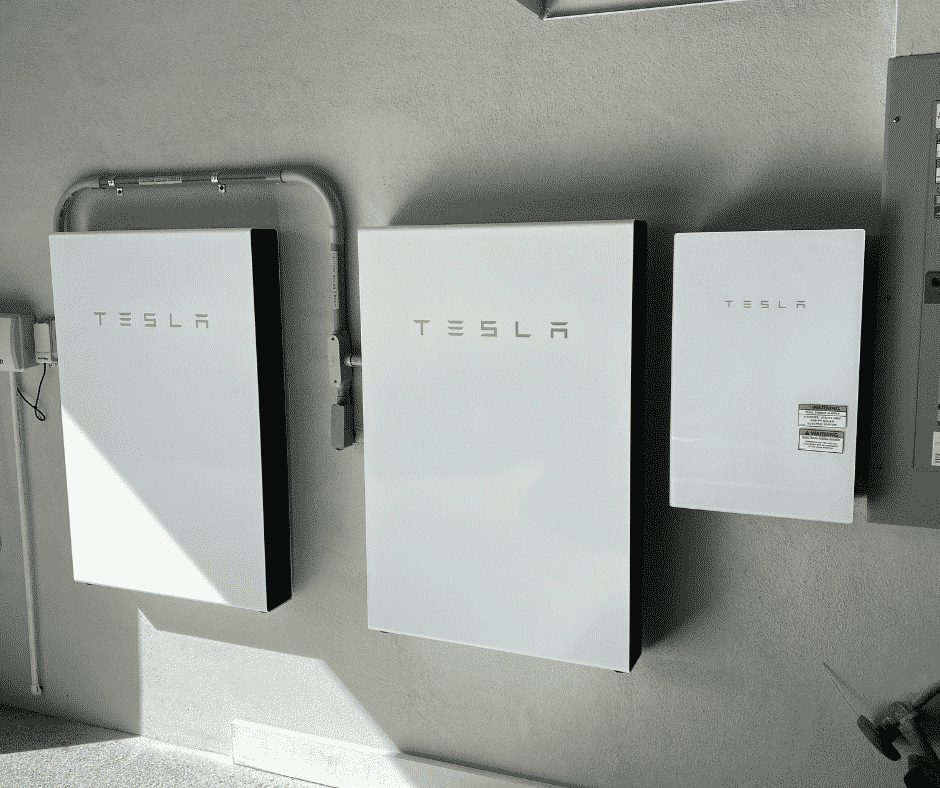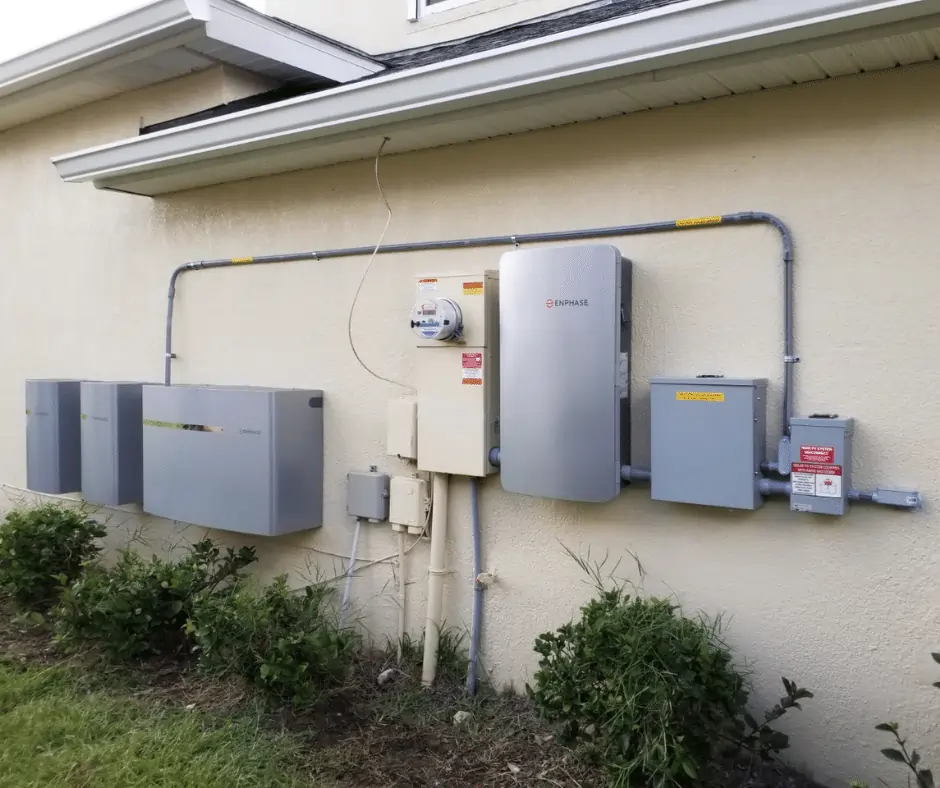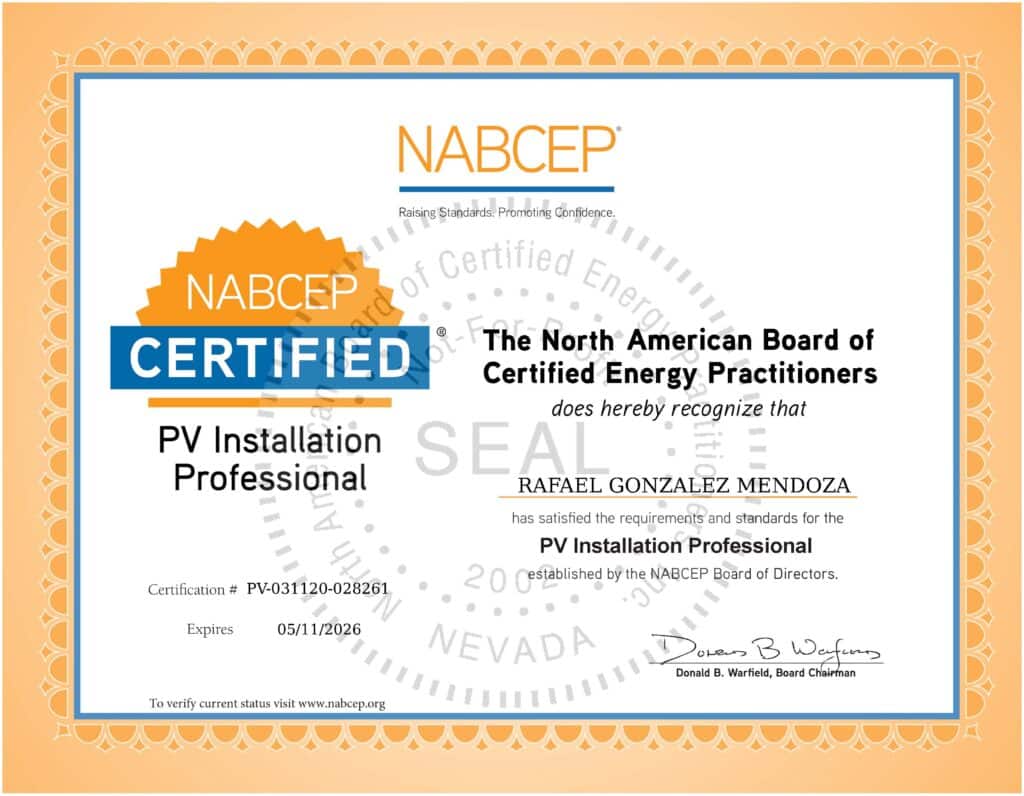The Best Battery
Benefits of a Solar Battery
Adding a battery backup to your home’s solar energy system helps lower your electric bill by reducing your reliance on the utility grid. It also protects you from power outages. Add a battery to your home’s PV system to protect yourself from the rising electricity costs and extreme weather events.
How to Choose the Right Solar Battery
After you’ve decided that you need a solar battery, the next step is choosing the right battery for your home’s electricity needs. In this section, we explore the most important factors to consider when choosing a solar battery.
Depth of Discharge (DoD).
DoD refers to the level a battery discharges before recharging. If you recharge when it hits 10%, that’s a DoD of 90%. Choose a battery with a high DoD.
Round-Trip Efficiency (RTE).
RTE compares the amount of energy stored in a battery to the amount retrieved. An RTE of 75% means you’re only able to use 75% of a battery every time you charge it. Go for high RTE when choosing a solar battery.
Battery Life.
Solar batteries have a lifespan of 5 to 15 years. Buy a battery with a warranty of 10 years from a reputable manufacturer.
Types of Batteries.
There are several types of batteries to pick from, including lead-acid and lithium-ion. For a high DoD and a long lifespan, choose a Lithium-ion battery.
Battery Capacity.
The amount of energy of a battery is an important factor. Consider your electricity needs, the size of your PV system, etc., when considering battery capacity.
Tesla Powerwall vs Enphase Encharge: Which Is Better?
Tesla Powerwall 2 vs Enphase Encharge are arguably the best solar batteries in the market. But which battery is better of the two? Let’s look at them side by side.

Tesla Powerwall
- Seamless Backup. The Tesla Powerwall 2 can obtain weather information from the national weather service and prioritize charging in anticipation of severe weather.
- Monitoring. Tesla Powerwall 2 comes with the Tesla app to monitor your home’s energy production and consumption for maximum efficiency.
- Time-Based Controls. The Tesla Powerwall 2 offers better controls to help you avoid peak-time utility prices and reduce electricity costs.

Enphase Encharge
- Reliable. Enphase Encharge comes with multiple microinverters in the energy storage unit to ensure it keeps running in case of malfunction.
- Safe. Enphase is a Lithium iron phosphate (LFP) battery, which means it runs cooler, reducing the risk of fire.
- Flexible. This solar battery comes in two sizes (Encharge 3™ and Encharge 10™), allowing you more flexibility with your home’s backup energy needs.
Tesla Powerwall vs Enphase Encharge: Verdict
As you can see, both Tesla Powerwall and Enphase Encharge are pretty impressive. They are both made by reputable manufacturers and come with a warranty of 10 years. Both batteries come with a mobile app for easier control. Do you want to find out which solar battery is best for your home? Reach out to the Go Solar Power team for advice.


